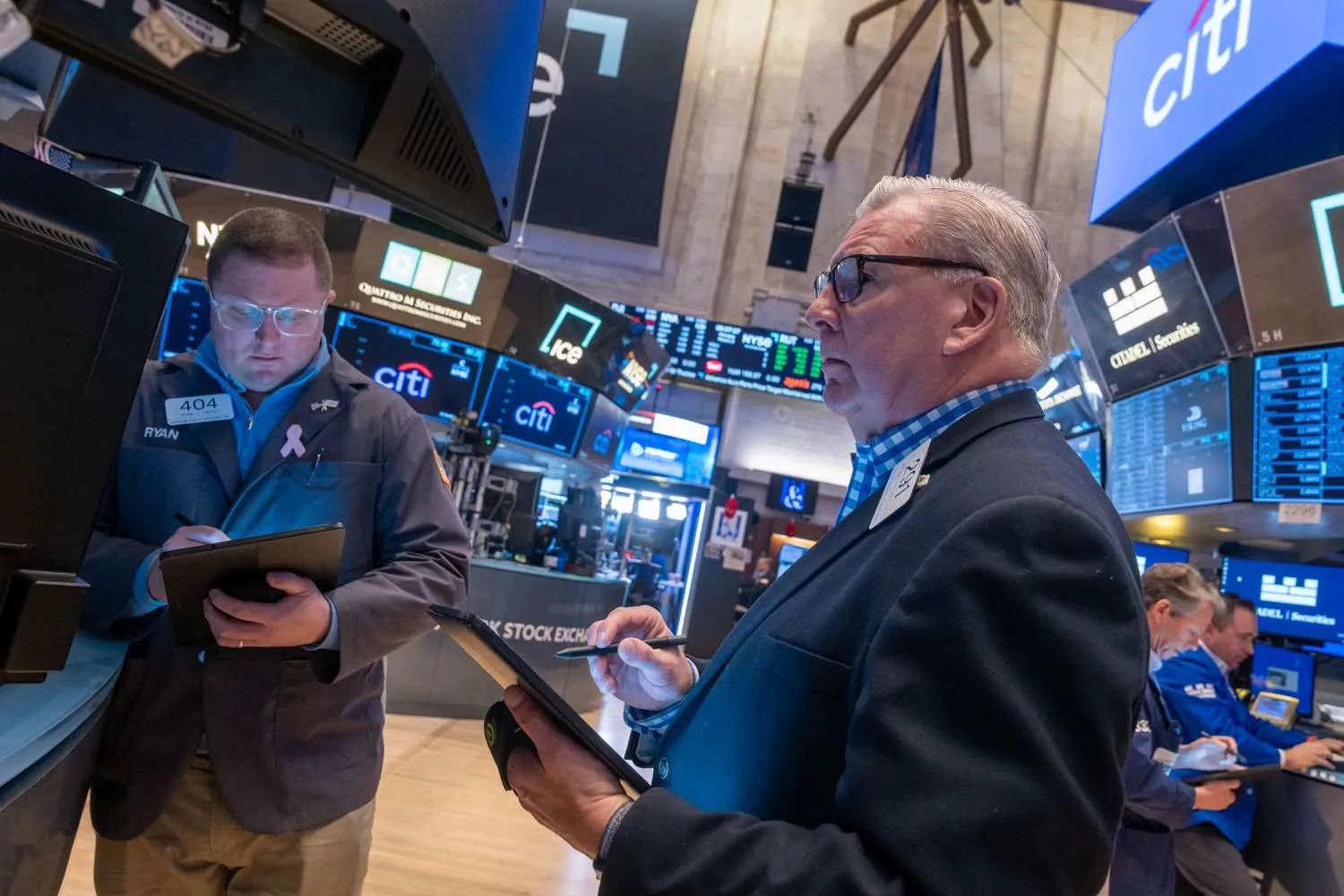Over the past month, a few key sectors have emerged as strong performers amid market volatility, including utilities, health care, real estate, and financials.
The broader stock market has faced challenges, with escalating trade tensions under President Donald Trump and economic data raising concerns about a potential recession. As a result, the S&P 500 has declined by over 5% during this period. However, some stocks within the index have defied the downturn and posted impressive gains.

Many of the stocks that outperformed over the past month belong to defensive sectors, which tend to be more resilient during economic uncertainty. According to Art Hogan, chief market strategist at B. Riley Wealth Management, these defensive areas have shown strength throughout the year.
Notably, the utilities, health care, and insurance sectors stood out. Within these categories, dividend-paying stocks delivered particularly strong performances. For example, AES, a utility company, saw its shares rise 23% in a month and boasts a 5.4% dividend yield. Meanwhile, insurer Allstate climbed 11%, offering a 1.9% dividend yield.
Dividends play a crucial role in cushioning portfolios against market volatility. Hogan explained that in a risk-off environment, where investors feel uncertain, there is a tendency to shift toward more stable and defensive stocks. This pattern has been evident not just in the past month but also throughout the year.
“It’s a stark shift from how we ended last year,” Hogan noted. “For the past couple of years, the focus was largely on technology and communication services, but that has now changed.”
Outlook for Riskier Assets
Hogan believes that investors are unlikely to return to riskier assets until there is greater clarity regarding Trump’s tariff policies. If trade tensions ease, some of the underperforming sectors could experience a significant rebound. However, for now, defensive positioning is likely to persist into at least the second quarter.
Impact of Interest Rates on Market Trends
Ross Mayfield, investment strategist at Baird, attributes the current defensive shift to the interest rate environment. He pointed out that utilities and real estate are particularly sensitive to interest rates because of their reliance on dividends.
“The 10-year Treasury yield has dropped significantly this year, providing a boost to stocks with high dividend yields,” Mayfield said. Lower yields on risk-free Treasurys make dividend-paying stocks more attractive to income-focused investors.
Additionally, Mayfield noted that sectors expected to see earnings growth have a distinct advantage. At the beginning of the first quarter, projections indicated that utilities and health care were among the sectors expected to report strong earnings gains.
“We are in a challenging macroeconomic environment,” Mayfield said. “The gap between winners and losers is widening, and earnings growth will be a key factor in determining which companies come out ahead.”
With valuations stretched across most sectors, including defensive ones, Mayfield emphasized the importance of looking ahead to the earnings outlook for 2025. He pointed out that health care, utilities, and technology are expected to be the leaders in earnings growth, making them attractive investment options.
Key Takeaways
- Utilities, health care, real estate, and financials have been the top-performing sectors amid market uncertainty.
- Many of the strongest stocks over the past month belong to defensive sectors, with dividend-paying companies standing out.
- Trade tensions and economic uncertainty have driven investors toward lower-risk assets.
- The decline in Treasury yields has boosted yield-sensitive sectors like utilities and real estate.
- Earnings growth projections suggest that health care, utilities, and technology could be strong performers heading into 2025.
For now, defensive positioning remains a dominant trend in the market, and investors may not shift back to riskier assets until macroeconomic conditions become more stable.

Subscribe to our newsletter!
As a leading independent research provider, TradeAlgo keeps you connected from anywhere.








